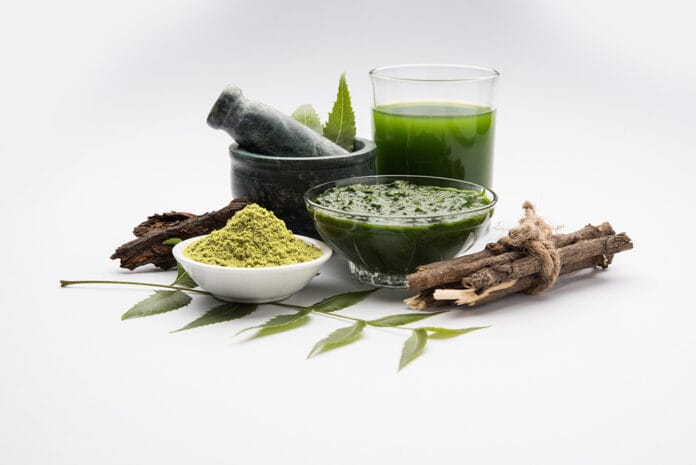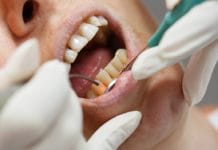The Neem tree found on the Indian subcontinent exhibits a cluster of biological applications. Every piece of the neem tree is useful, whether it is the bark, the stem, the leaves, the flowers, the fruit, or the sap. This tree’s technical name is Azadirachta indica from the Meliaceae plant family. Researchers recently did a systemic review of the plant’s effects on oral cancer.
What is Oral Cancer?
Dental professionals recognize oral cancer from a sore or a growth in the mouth that does not go away. Oral cancer includes cancers that affect the cheeks, mouth floor, hard and soft palate, sinuses, lips, tongue, and throat. The growth or sore is considered a cancer because it is an out-of-control growth of cells that invades and destroys the tissue that surrounds it. Oral cancer is life-threatening if left untreated.
Men contract oral cancer in numbers twice that of females, especially men over age 50. In 2020, experts predicted oral cancer diagnoses of 54,000 cases in the US. Experts predict oral cancer will cause 9,750 deaths, amounting to one death per hour every 24 hours. Of those victims, about half will remain alive within five years. The fatality rate for oral cancer is higher than the rate for Hodgkin’s lymphoma, cervical and testicular cancers.
Risk factors for oral cancer include:
- Smoking cigarettes, pipes, and cigars
- Smokeless tobacco
- Excessive alcohol intake
- Excessive sunlight
- Family history of oral cancer
In addition, specific human papillomavirus (HPV) strains are risk factors that may develop into Oropharyngeal Squamous Cell Carcinoma (commonly called throat cancer or tonsil cancer). This type of cancer is curable if found and treated at an early stage. The good news is that the 5-year survival rate for people with HPV-related Oropharyngeal Squamous Cell Carcinoma is higher than those with cancer from other causes. The overall 5-year survival rate is 66%.
Important note: More than 25% of all oral cancers occur in people who do not smoke or drink alcohol excessively.
Screening for Oral Cancer
According to the American Dental Association, checking for signs of oral cancer is a part of the patient’s regular dental exam. Dental clinicians examine the lips, the tongue, the buccal mucosa, the gingiva, as well as the upper and lower floor of the mouth. Symptoms of potential oral cancer include:
- Red/white patches
- Sores that bleed or do not heal
- Hard spots, lumps
- Crusty areas
- Numb, painful, or tender areas
- Problems in chewing, swallowing, speaking, or moving tongue/jaw
What Does Azadirachta Indica Do?
The 2020 release of the study in the Journal of Oral Biology and Craniofacial Research strove to assimilate all the previous studies on the subject to provide a summary of the useful effects of neem on oral cancer. The study found that neem demonstrated to “unequivocally have preventive and therapeutic potential against cancer.”
The anti-cancer properties of Azadirachta indica include modifying tumor environments, increase the cytotoxic properties of white blood cells (monocytes) and subdue tumor spread.
The researchers stated, “The neem leaf aqueous extract is known to exert its chemo preventive effect in the oral mucosa by regulating the enzymatic breakdown of glutathione. Neem components exert their anti-cancer properties through different mechanisms.”
The study found that neem preparations such as leaf extracts and limonoids had the following impacts on oral cancer cells:
- Inhibits cancer cell growth
- Causes cancer cell death (induce apoptotic death)
- Inhibits the activation of cancer cells
- Accelerates carcinogenic detoxification
- Deters cancer cell invasion
In Conclusion
“The prevention and management of OSCC (oral squamous cell carcinoma) has been a focus area for researchers across the globe. There are numerous clinical treatment options, but they all have many potential side effects, which sometimes makes the treatment unviable. The use of phytochemicals in this field has great potential as a supplementary aid in therapeutics or even as a standalone regime in prevention of OSCC. Also, the immunomodulatory effects of various neem components point towards its untapped potential for a future therapeutic vaccine. Larger clinical trials are advocated to unleash the immense potential of neem and its constituents in cancer prevention and management.”











